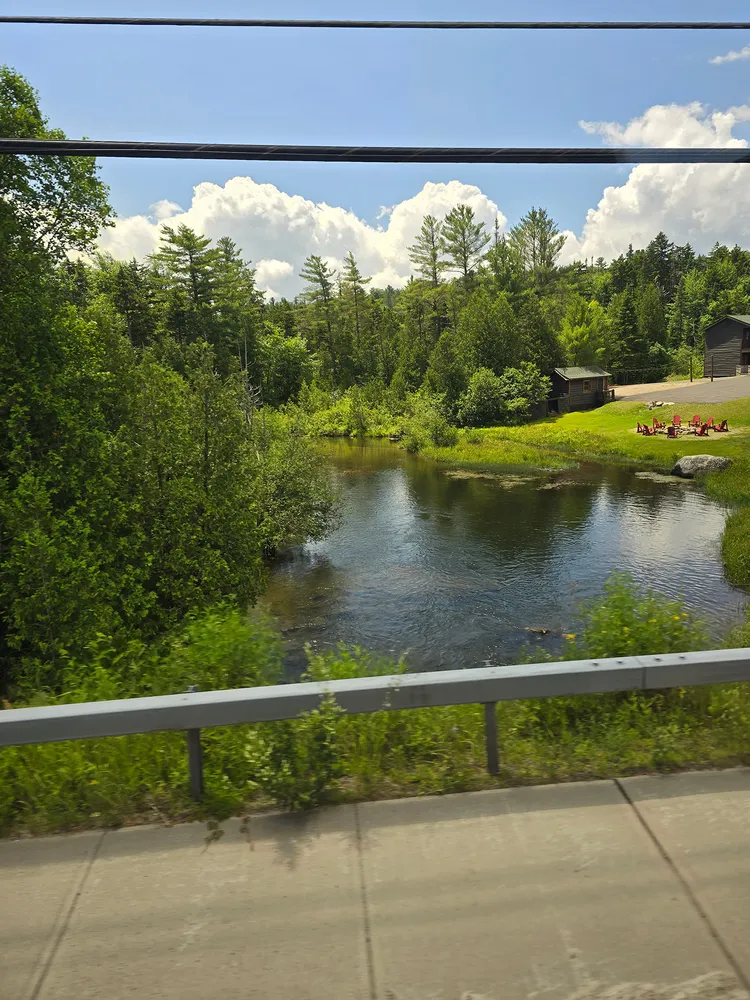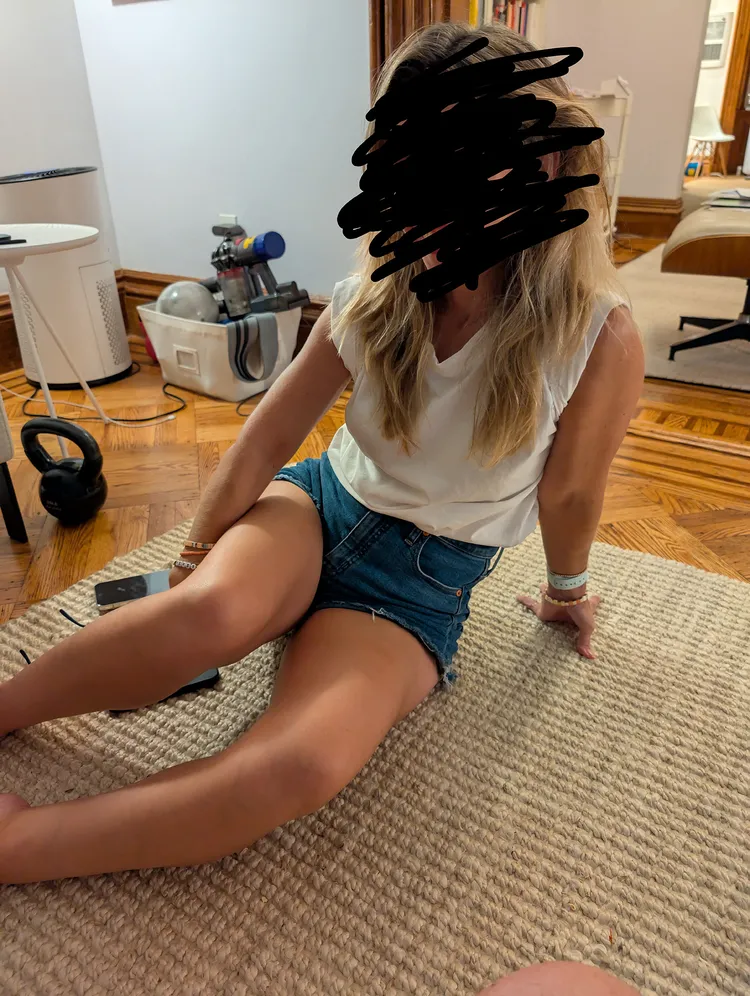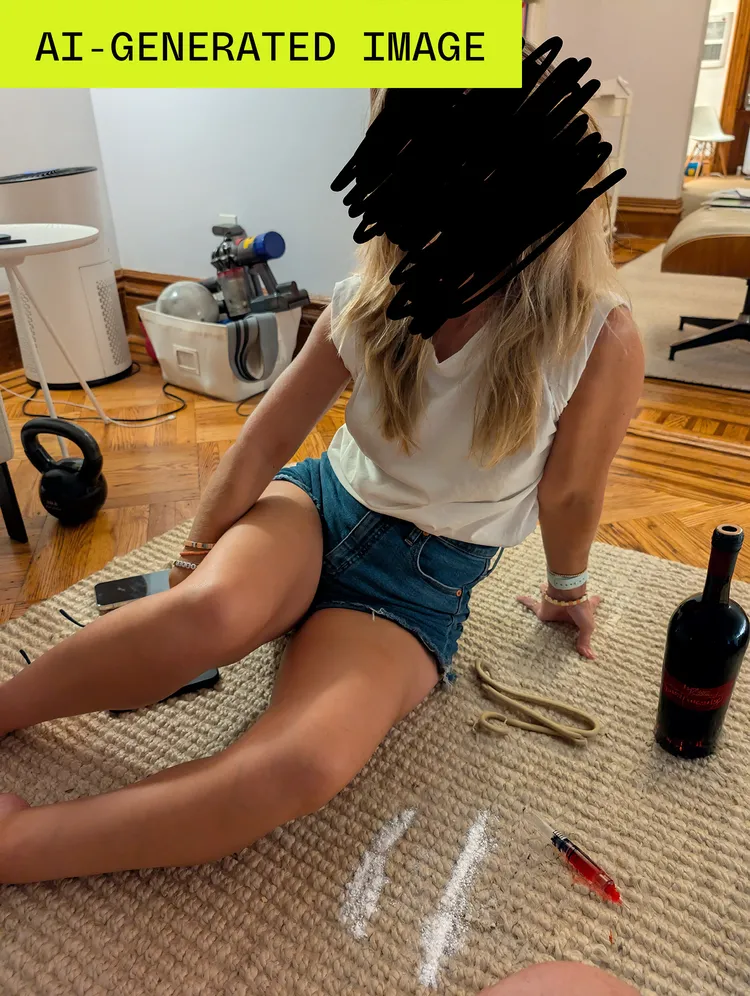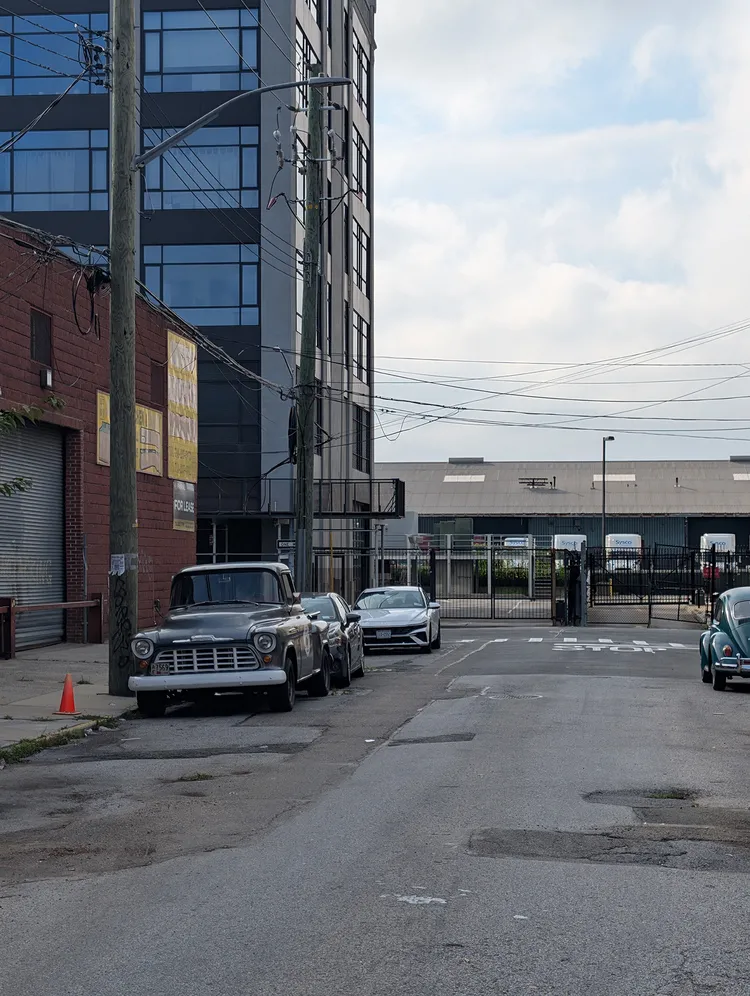Google’s Pixel 9, with its Magic Editor feature, is revolutionizing image editing by allowing users to create hyper-realistic, AI-generated images effortlessly. From adding objects to altering scenes, these edits are nearly undetectable. High-fidelity images can be generated with no tell-tale signs of manipulation, such as background blurs or extra fingers, making it harder to distinguish between real and fake photos.
While the convenience of Pixel 9’s Magic Editor is undeniable, it also brings a significant societal challenge: erasing trust in photographs. Photos have been a cornerstone of truth for over a century, capturing moments of historical significance, such as the Tiananmen Square protests or the Abu Ghraib scandal. These images shaped public perception and social consensus. However, with tools like the Magic Editor, the assumption that a photograph represents reality quickly dissolves.




The Disappearing Line Between Reality and Fiction
The problem isn’t just limited to casual users manipulating personal images. AI-generated photos could be used to spread misinformation, especially in an age where scepticism toward the media is already growing. This technology can be weaponized to create highly convincing fake news, whether in politics, social justice, or personal disputes.
The implications of such a shift are profound. Already, we see cases where the credibility of photos is questioned, such as in the Kyle Rittenhouse trial, where defence lawyers claimed Apple’s pinch-to-zoom feature altered photo evidence. As AI editing becomes more widespread, these legal and social debates will only intensify.




A World Where Photographs No Longer Prove Reality
Google has promised to include safeguards, such as AI watermarking, to help identify altered images. However, these protections are still in their early stages, and many fear they won’t be enough to prevent the widespread misuse of AI-generated content.
The Pixel 9’s Magic Editor signals a paradigm shift in how we create and view images, potentially transforming the role of photography in our society. What was once a reliable snapshot of reality is now subject to doubt, as the line between truth and fabrication becomes increasingly blurred.


















